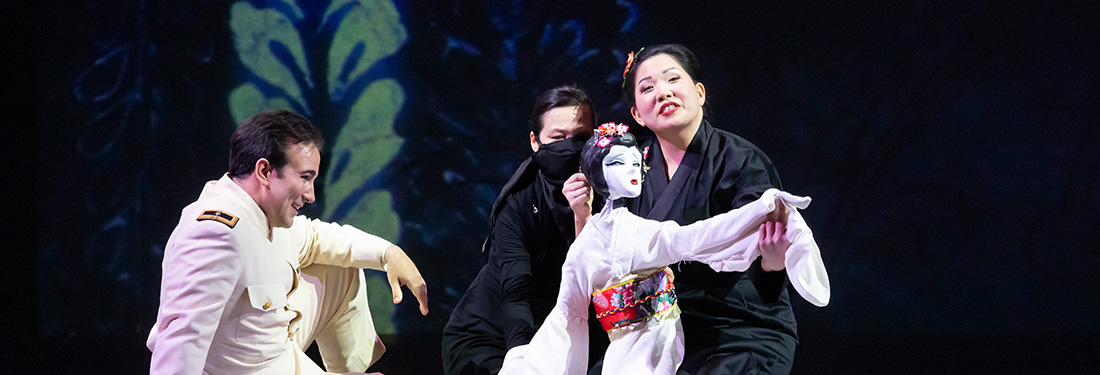
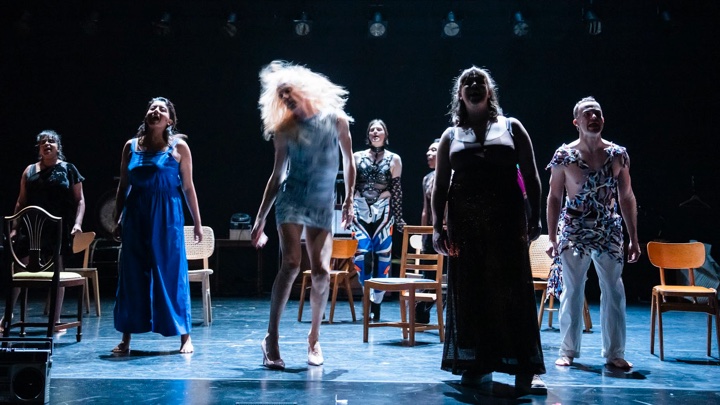
A skilled duo known for their chamber-sized explorations of dark material, Venables and Huffman earned acclaim for their previous projects, the operas 4.48 Psychosis and Denis & Katya. Their latest music theater collaboration marks a turning point, however, in terms of both cast size and scale of story. Like the beloved 1977 book on which it’s based, The Faggots and Their Friends combines author Larry Mitchell’s zeitgeisty blend of sociology, socialism, and fable to distill hundreds of years of queer history to a recursive tale of rebellion against the patriarchy.
Having made its global debut in June at the Manchester International Festival before coming to Aix—it hits NYU Skirball next—the theatrical rendition expands on the narrative from Mitchell’s original work. The focus is on the diverse characters—the Faggots, of course, as well as their various “friends,” which include the “strong women,” “queens,” “faggatinas,” “dykalets,” and “fairies.” Their lives unfold in Ramrod, a faltering empire, under the shadow of the authoritarian, capitalist “Men” and their paranoid leader, Warren-And-His-Fuckpole. Amid these harsh realities, they strive to find humor, celebration, pleasure, beauty, and freedom via solstice festivals, “dressing up and dressing down,” and imbibing their precious “cock juice.”
Mitchell, in his quest to steer queer life from the concealed corners of society into the promising era of sexual and social revolution, co-established Lavender Hill in 1973. This gay commune based in Ithaca, N.Y. represented Mitchell’s personal utopian vision, which he sought to depict through his literary work. In this world, “Faggots” was no monolithic collective, but a catchall intended to convey the fluidity of his taxonomies. (One epochal bit of faggot wisdom: “There is more to be learned from wearing a dress for a day than there is from wearing a suit for a lifetime.”) And for years, his book was a cult item, to be read aloud at dinner parties by anyone who belonged.
In adapting the work for the stage, Huffman has cleverly translated this community ethos (and Ned Asta’s beloved Aubrey Beardsley-esque illustrations) to an ensemble of 15 players, where there is limited hierarchy among the actors, and fluidity (and fluids!) abound. Onstage, all the actors sing, dance, recite, and play everything from a harp to a harpsichord to sheets of paper. The complexity of the show lies in the fact that each artist’s role is not easily singled out: Costumes by Theo Clinkard are continuously changed and exchanged, and sometimes players even finish each other’s sentences. It’s all kind of like Cats, but way gayer.
Among the talented corps is actor/choreographer Yandass, who builds the world early on; the Canadian lutist Kerry Bursey, whose troubadour interludes are among the work’s most poetic; and the wonderful performer/author Kit Green, who stops the show in every sense with an audience singalong.
Equally true to the book, Venables’s score is by turns comic, catchy, sensual, and majestic. And moving: His “When you feel pain, fall into your brothers’ love” roundel is both heartbreaking and historically true, indexing the community outreach that helped so many survive in the ensuing decades. Yet insightfully, Venables resists reserving his most beautiful music for the Faggots alone. His “Papers Ballet“ about the paper-pushing patriarchal denizens of Ramrod—“The men who rule Ramrod love papers… They write them and they print them and they hoard them and they mint them”—marks a lyrical highpoint in the score, sardonic though it may be with its bossa nova ending. His vocal writing is equally generous, gifting choice passages to soloists Katherine Goforth and Collin Shay.
With a few episodes running long and several characters unevenly presented—those radical faeries fly off almost as soon as they land—Faggots and Their Friends is still a work in progress; one senses that it will continue to evolve as it tours. Still, where Mitchell’s anti-assimilationist politics haven’t aged entirely well, the show finds greater relevance in treating the work with some distance, presenting it as a period piece to be shared and reshared, as the Faggots and their friends recalibrate their strategies toward a future beyond revolution.
War was also underfoot at the Grand Théâtre de Provence, where a new production of Wozzeck is now receiving its first performances. But unlike the jovial and wise resistance fighters featured in Faggots, this staging, sharply constructed by McBurney with Simon Rattle leading his London Symphony Orchestra, focuses more on war’s deep impact—its grim psychosocial ramifications, its widely-accepted abuse, the abject poverty it injects into the public.
These daily realities are probed along multiple registers. Berg’s first opera is often treated as a kind of tabloid drama, with the focus on the characters’ morbid interactions and one soldier’s slow descent into madness. In his third production at Aix, McBurney quietly expands the scope, tracking the emotional state of individual characters, the context of World War I, community gossip and surveillance, and the fragility of memory. The result is a captivating stage piece, a festival landmark. Doesn’t hurt that several of its individual performances are also career-defining.
With sets designed by Miriam Buether, the production unveils a distinct narrative landscape, a dream world that seems to cycle in and out of reality. A unique feature is the set’s concentric revolves, their differing rotation speeds and directions imbuing an uncanny quality to the characters’ spiraling psyches. A versatile doorway becomes an essential prop, shifting around the stage to signify spaces, like the entrance to a bar or a doctor’s office, but also to carve psychic barriers between people, like separating an increasingly jealous Wozzeck from Marie, his ill-fated common-law wife. Scene changes are executed with remarkable finesse.
Imagery of World War I forms the core of the narrative, echoing through a haunted past. In the barracks, the men are lined up in neat rows, with Wozzeck indistinguishable from the rest as if to suggest his suffering is nothing unique. An early forest scene with Wozzeck and Andres (promising tenor Robert Lewis) depicts the trees around them as fallen soldiers, so a casual hunting excursion is reconfigured as a death march through the fog and ash of the trenches. The Captain, aided by a miniature version of himself, persistently harasses Wozzeck—as his smaller likeness will tease the Marie’s son in the final scene. Marie sleeps on the floor.
Duke’s masterfully designed black and white video projections also form an integral part of the stage, embellishing the live performance. The distorted imagery, manipulated through acute camera angles, offers another perspective of the unfolding drama, amplifying a character’s expression, for instance, or freezing a moment in time, turning it into wartime memorabilia. The video also narrows in on the depraved faces of those waiting outside the Doctor’s office as he performs his experiments—a nod to the surveilling theater of oppression that took place throughout the period.
In this rendition, the trio of male leads remain unchanged from Deborah Warner‘s recent Covent Garden staging, which featured Christian Gerhaher, Brindley Sherratt and Peter Hoare in key roles. In Aix, Gerhaher thrilled audiences with his nuanced portrayal of the title soldier whose exploitation gradually transforms into bloodlust, drawing on his strong lieder background to bring focus and clarity to Berg’s difficult vocal writing. Wozzeck’s famous Wir arme Leut (“We poor people”) motif, a devastating signal of his humiliation, never sounds more tortured than it does in Gerhaher’s rich baritone. Sherratt was an especially perverse doctor. And in his role as the Captain, Hoare punctuated the Captain’s frenzied exclamations with almost comic disbelief that bordered on the grotesque.
Swedish soprano Malin Byström—in demand around Europe for her Salome and Minnie, woefully underutilized at the Met—shone as Marie. Her vivid performance on opening night was both luminous and poignant, especially in her low-spirited lullaby to her son, and in her final, Desdemona-like moments with the bible before her murder.
But the true star of the show is perhaps the LSO, whose punctilious approach to Berg’s score unearths both its Mahlerian romanticism and its rhythmic precision. Under Rattle’s baton, the LSO sounds enormous: The strings swell with foreboding urgency and the brass is crisp on full blast.
Rattle, in a recent festival interview, traced his musical lineage back to Erich Kleiber, the conductor of the opera’s world premiere in 1925 at the Staatsoper Berlin, through his mentor Berthold Goldschmidt, who served as Kleiber’s assistant conductor. Supported by such legacy playing in the pit, the production pierces, drawing parallels to the deafening chaos of war and the cathartic upheaval of revolution—and mirroring the tumultuous world outside the theater.
Photos:

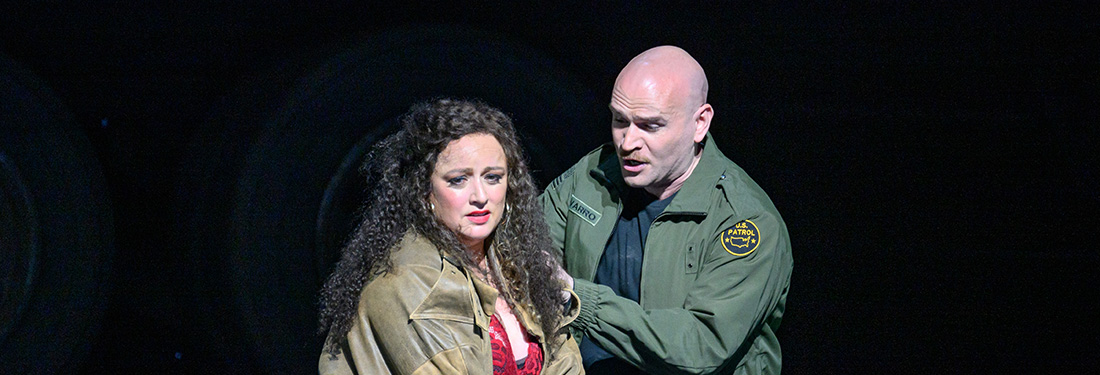
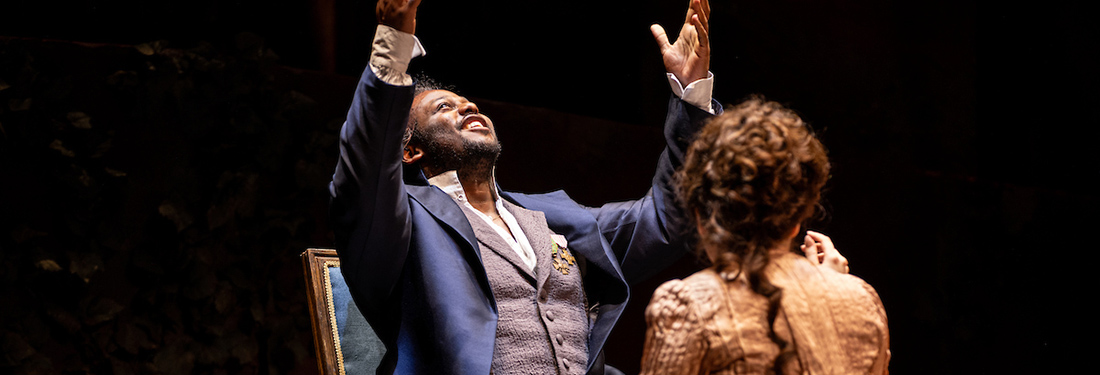
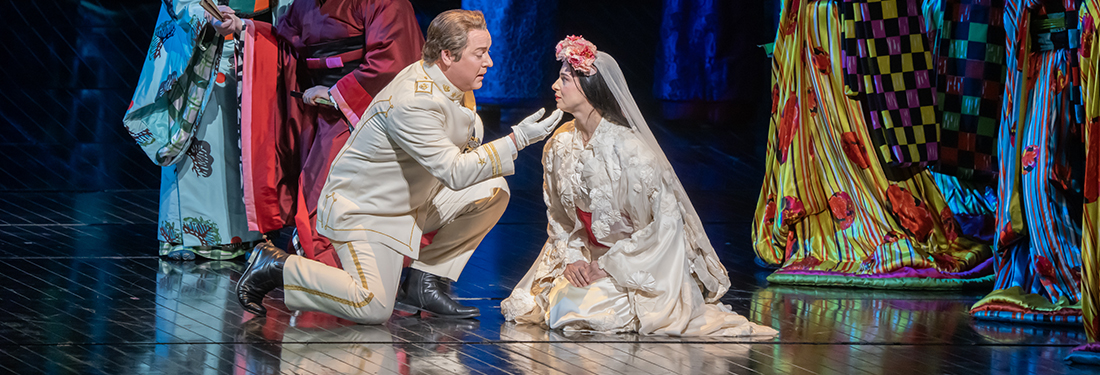
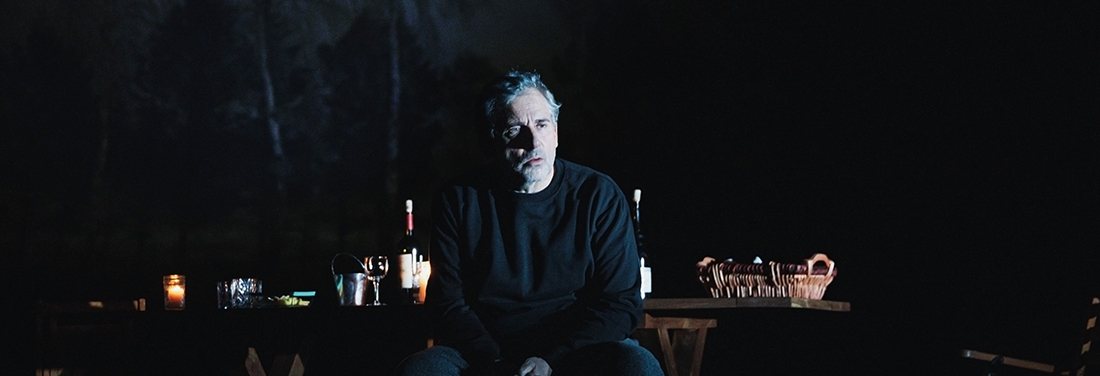
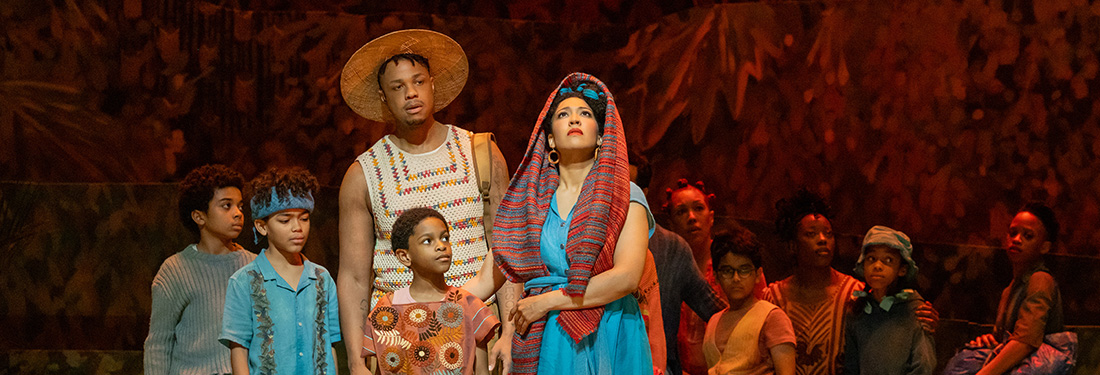





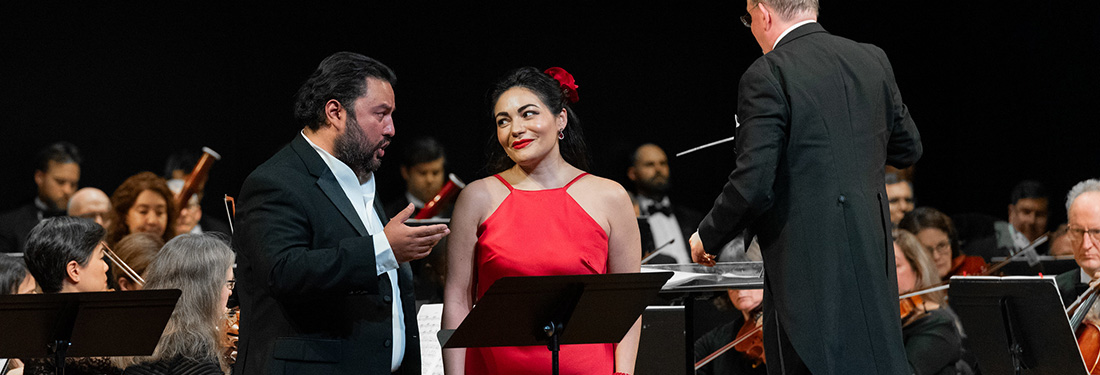
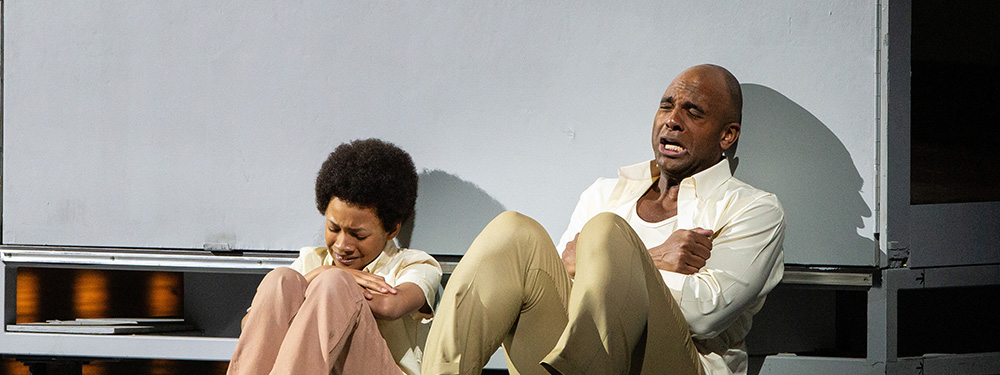
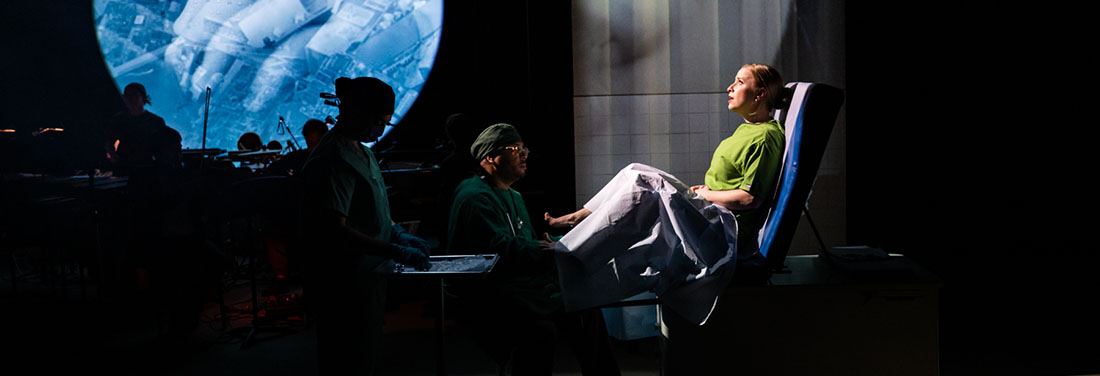
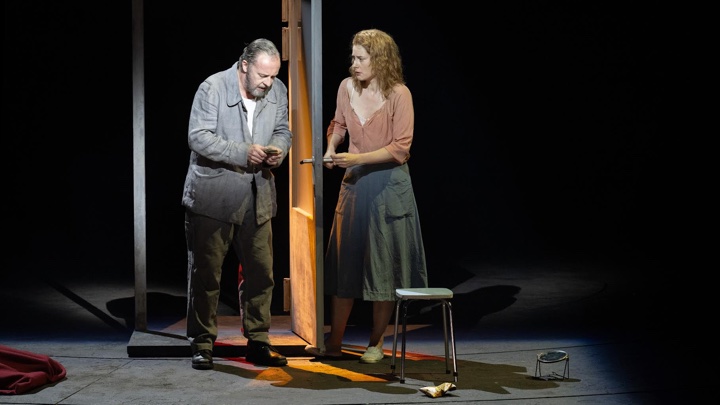









Comments